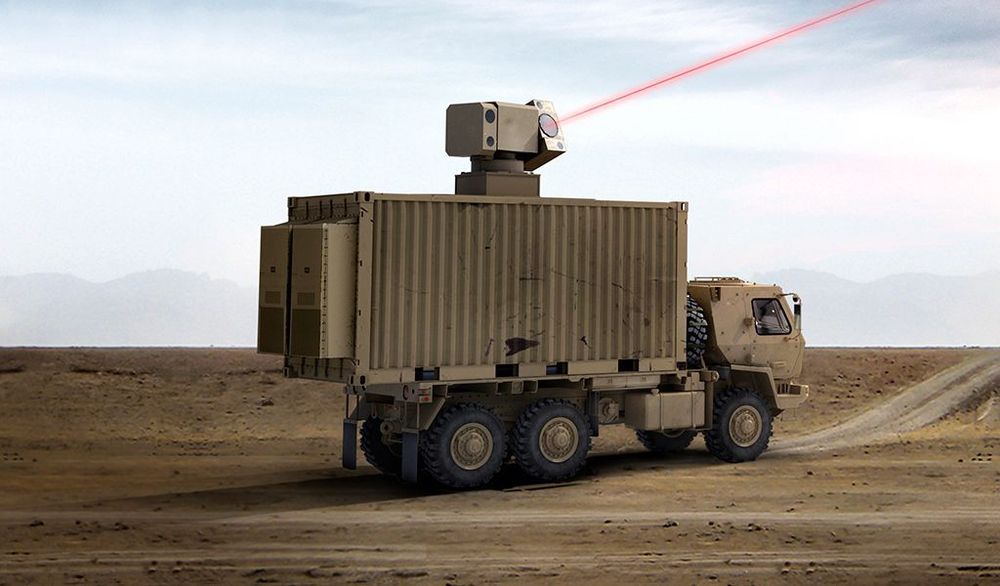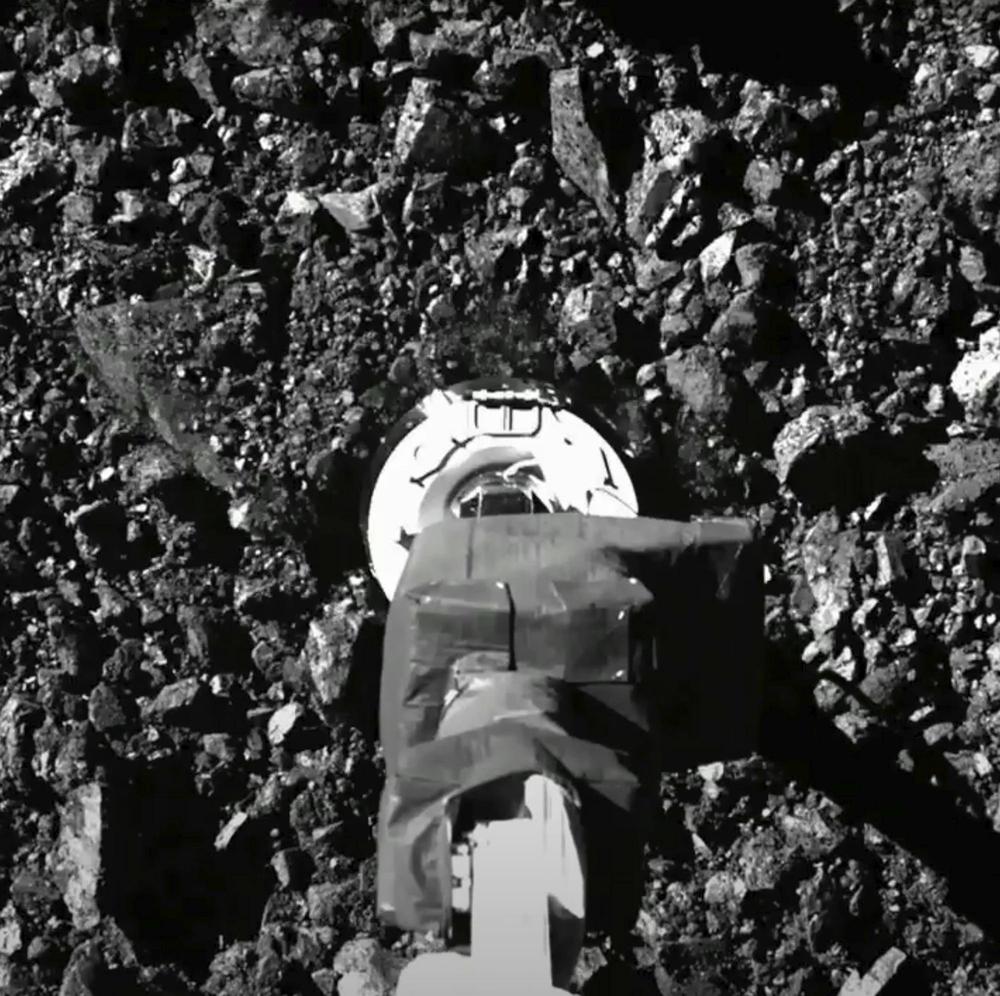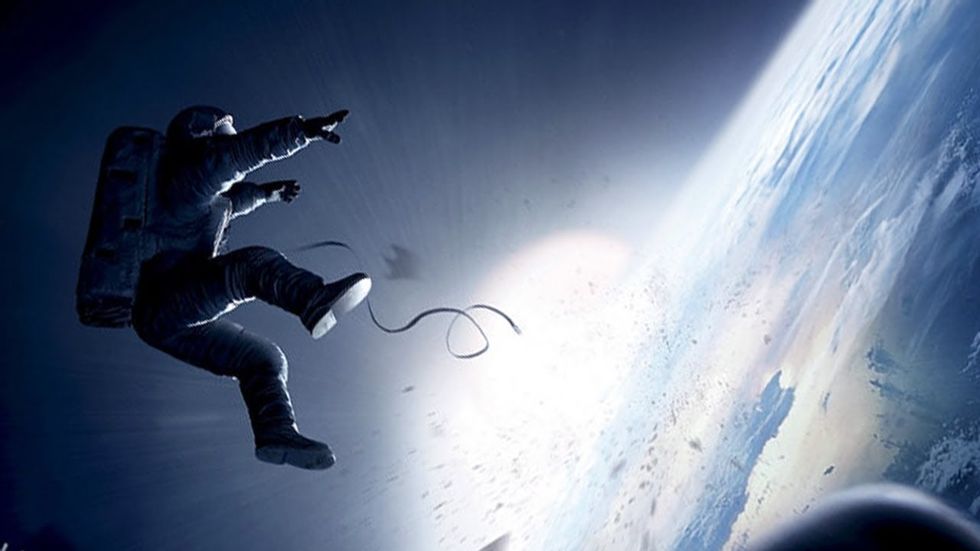TIME featured SpaceX President and Chief Operating Officer Gwynne Shotwell as one of the ‘100 Most Influential People of 2020’. SpaceX was founded by Elon Musk in 2002 to make life multiplanetary. Shotwell is responsible for day-to-day operations at the aerospace company that aims to colonize Mars before the year 2050. She has a vital role in company growth. Under her leadership, SpaceX has accomplished launching the first NASA astronauts to the International Space Station aboard the Crew Dragon spacecraft this year.




